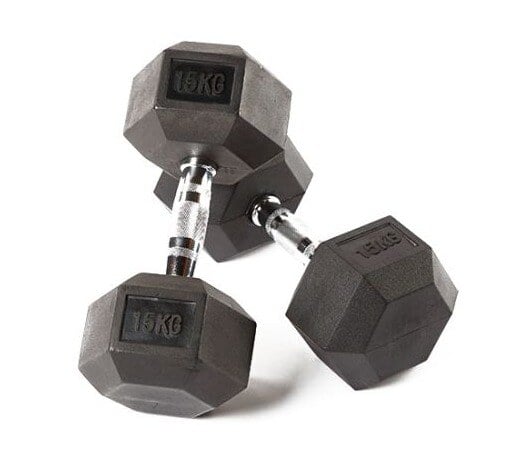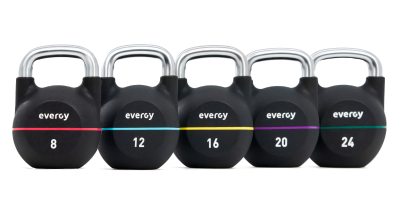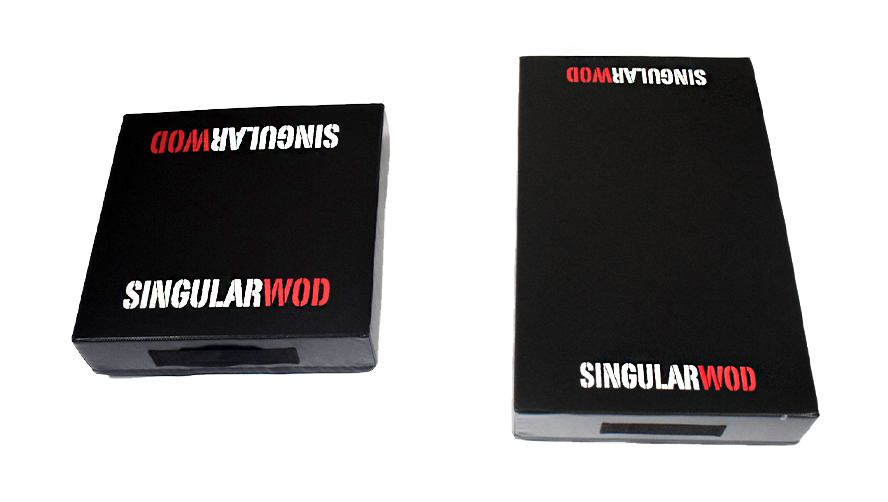5 tips to avoid disturbing your neighbors when you train
1) Be aware of where and who you are with
If you live in a penthouse, you won't be able to throw your bumpers on the floor when you take down the bar. But you could do that in a garage, basement, or on your plot if you live on the ground floor, for example.
Sometimes you may not have neighbours like in chalets, but you may have other cohabitants, partners, children or roommates, who do not have to put up with the noise or vibrations generated by your strength training.
2) Your home is your gym, but it's not a gym
Working out at home is usually an ideal way to stay active and improve our physical fitness. We avoid travelling, the shower is very close... so we save a lot of time and we can almost always sneak away for a few minutes to do some exercise.
This also applies to the fact that your home is not a 24-hour gym, so choose the hours when you train so that it is as unobtrusive as possible . But it is not a gym because it is not designed for that in its structure. So leave your deadlift 1RM to be done in proper facilities such as gyms or CrossFit boxes, and at home play with a higher number of repetitions, with less weight and in a more controlled way.
3) Choose the right material
When it comes to buying weights for training at home, we can choose between dumbbells, kettlebells, sandbags or even weightlifting bars. It all depends on the sport we practice.
Luckily, nowadays we have many options that allow us to set up a gym at home with equipment specifically designed for this purpose. When choosing your dumbbells for your home gym, you can opt for vinyl or hexagonal dumbbells.

There are also kettlebells with rubber bases or even vinyl-covered bodies. These options will make less noise when you put them down on the floor, and you'll also be sure to keep the floor from getting damaged.
If you like weightlifting or powerlifting, you can opt for bumper plates (with rubber coating). But if the weight is high, or you prefer metal plates, then keep reading.
4) Prepare your workspace
The contact of the material with the floor should be as smooth as possible, thus reducing noise, vibrations and the possibility of damaging the floor with the material. The most commonly used floor for home gyms is rubber, which ranges from 1cm to 4cm , and is generally sold in 1 square metre tiles.
This material absorbs part of the energy with which objects fall and causes less vibration and noise to be transmitted. At the same time, we take care of the floor and the material. But if you like to do heavy lifting, I recommend a pair of Drop Pads or shock absorbing mats.
These are made from very high-density materials that not only absorb energy, but also slow down movement. These weight mats come in different sizes and thicknesses. From the simplest ones so you can safely place your kettlebells on them, to the largest ones capable of absorbing weights of up to 100 kilos when dropped.
5) A conversation saves a meeting
If a neighbour warns you that you may be causing problems with your training, talk about it calmly as soon as possible. It is surely something that can be solved, either by changing schedules , or perhaps acquiring some material that will avoid these problems, as we said before.
It is better to reach an agreement than to have a meeting of neighbours and have the “smell of gas” spread. People who had never heard you before or were bothered by you suddenly, when someone talks about the subject, suddenly remember you or pay more attention to any noise you make from now on.
Conclusion:
As you can see, the key to training at home is to use your head more than your muscles. Thinking about how, when and with what to train will provide you with safer workouts and better neighborhood coexistence.





Leave a comment
This site is protected by hCaptcha and the hCaptcha Privacy Policy and Terms of Service apply.